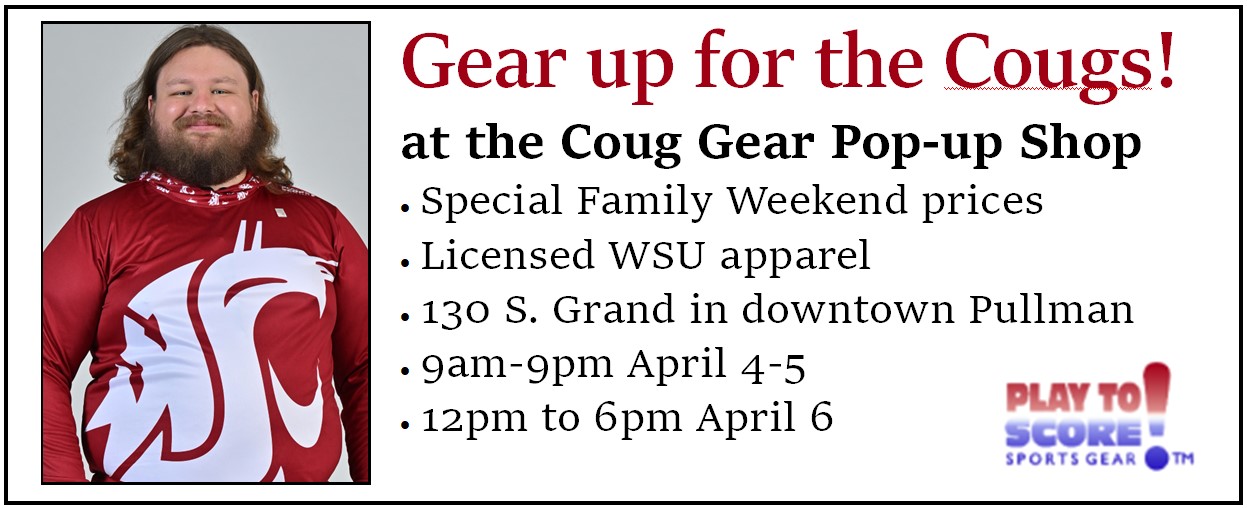Grant funds new clinic by and for Indigenous people
Clinic will focus on treating patients and training new medical practitioners
The Indigenous-developed and instructed clinic will help build trust between the Indigenous community and health care system.
October 21, 2021
WSU Spokane’s Native American Health Sciences program is creating the nation’s first Indigenous-developed and instructed clinical simulation space to eliminate health disparities and unintended negative communication among Indigenous communities.
The ultimate goal of the space is to train health care workers so they no longer perpetuate negative health outcomes for patients, said NAHS Director Naomi Bender.
As someone with Indigenous roots in Peru, Bender said building a culturally safe health care space is personal for her and her tribes.
The project is funded through a $250,000 grant from Bank of America and around $53,000 in funding from the Empire Health Foundation, she said. The space will be designed and staffed by Indigenous people.
“That space has all been done by Indigenous healers,” Bender said. “Anyone from osteopathic physicians, naturopathic healers, to traditional healers, nurses, pharmacists, plant medicine and those types of healers that are working directly with us to help impact the curriculum.”
The clinic will be 1,045 square feet, said Katherine Morgan, regional executive for Bank of America. It will include rooms for patient exam simulation, hospital exam simulation, teaching and meditation, as well as storage.
The first clinical simulation exam space was constructed over the summer, Bender said. The clinic will be fully finished within the next two and a half years. Creating the space was originally going to take 10 years, but the Bank of America grant helped to speed up the process.
“Health care is an anchor in every community,” Morgan said. “And at Bank of America, we recognize that communities of color, particularly Native American communities, don’t have the same amount of access.”
She said Bank of America also decided to support the program because it is scalable. It will provide a strong curriculum that will develop a diverse workforce.
Once finished, the clinic will be teaching through virtual platforms, she said.
The space will train the next generation of health care workers to better work with Indigenous people, which is the most important part, Bender said.
“When they enter into these spaces,” she said, “they will have a better idea in terms of knowledge, awareness and practice skills on how to work with our Indigenous people rather than … unintentionally perpetuating the very health disparities and outcomes of our tribal communities.”
For several hundred years, Indigenous healing practices have been set aside by western medicine and education systems, Bender said. Indigenous healing is more holistic than western medicine; its methods usually include using plants and food.
Solving health disparities in Native American communities begins with building relational trust between the patient and the provider, Morgan said.
She said Bender’s work is building a bridge that has not been seen before.
The clinical space is also providing workforce development, Morgan said. It is creating access for people from different tribes in eastern Washington and across the country to pursue medical paths.
If over 90 percent of the people who serve Indigenous communities in the health care system are non-native, then work is not being done to support Indigenous communities, Bender said.
“We, as institutions of higher education, are actually also perpetuating these issues because we’re not educating people and impacting them in ways that change their behaviors, right? And a two-hour lecture is not going to do that,” she said.
Everyone in health care needs to be trained to be able to work with different cultures, she said.










